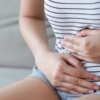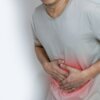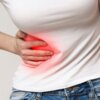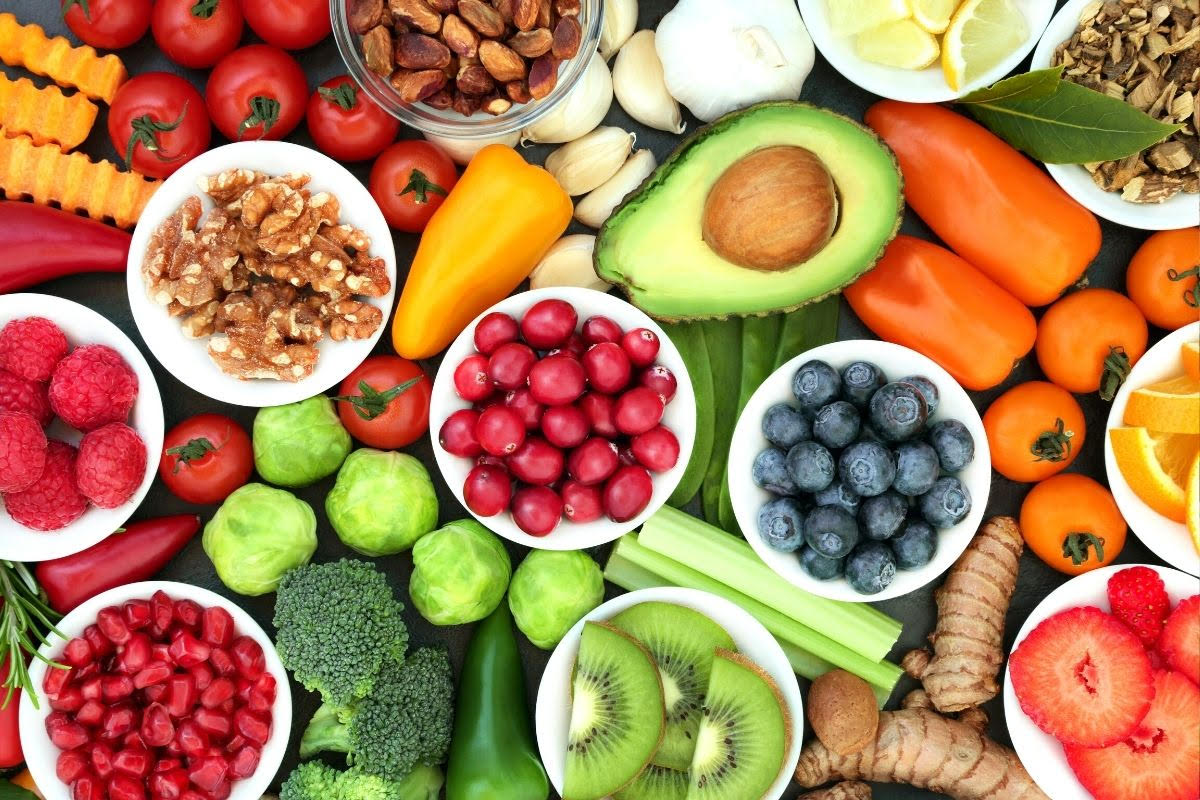
What Is A Mast Cell Activation Syndrome diet?
Mast cells are immune cells found in our blood that help defend against disease-causing pathogens and parasites. However, sometimes they go haywire and start to attack healthy tissue instead of pathogens. This leads to a host of issues – including inflammation, allergies, asthma, high blood pressure, heart disease, arthritis, and a host of others.
Mast Cell Activation Syndrome Diets are diets designed to reduce the response of mast cells but improving histamine balance. These diets may be recommended for people who suffer from symptoms of MCAS.
How do you stabilise mast cells naturally?
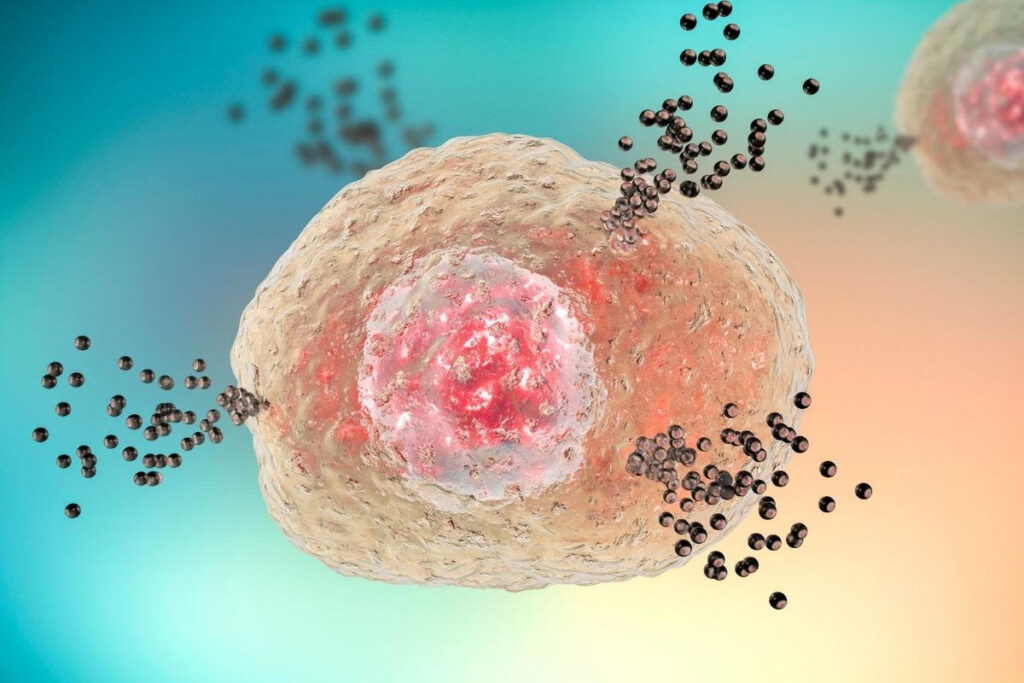
There are a few ways to stabilise mast cells naturally. For example, you can take antihistamines or try to avoid irritants that increase the release of histamine.
The following are some methods to stabilise mast cells naturally:
- The best way to stabilise mast cells is through the use of herbs. One of the best herbs that can be used to stabilise mast cells is the nettle root. This herb has been around for many centuries and is most commonly used to treat pain. This natural plant is also said to help with arthritis, eczema, gout, and anemia.
- Take a supplement that contains chamomile, lemon balm, and wild oregano. They are known to help with stress, insomnia, and mood disorders such as anxiety.
- Consuming fatty fish or salmon may help to prevent and fight allergies. Omega-3 fatty acids are an effective way of calming the release of histamine, which can lead to an improvement in symptoms for those who suffer from allergic reactions.
- A cold compress can reduce the release of histamine to calm the symptoms associated with histamine release.
- One way to stabilise mast cells is through the use of honey bee pollen. This natural substance has a rich history of being used to remedy many ailments, such as allergies, inflammation, and even asthma.
- Avoiding stress can help to prevent mast cell problems. It is essential to take time away from situations that cause harm to your body – whether that means curtailing your work hours, exercising more, or doing something other than what causes you stress.
- You can stabilise mast cells by having a healthy immune system. For this purpose, you can have a diet that is rich in proteins and minerals.
How to calm a mast cell activation?
- Avoid foods high in histamines such as leftover foods, alcohol, cured meats like bacon, ham, and canned fish.
- It is essential to avoid extreme temperatures, molds, medications that release histamine at high levels, and common preservatives like sodium benzoate.
- You need a healthy gut to take care of your overall health. You shouldn’t eat foods that cause inflammation or damage your gut, so you should take a probiotics supplement and a DAO enzyme when trying to do so.
- Quercetin and vitamin C can help to control the release of histamine.
- If you have any existing infections or if you’re overly stressed, talk to a doctor. They’ll be able to test for pathogens and help your body heal with appropriate treatments.
- You can reduce your exposure to toxins in your life by switching to natural cleaners and household products, or better yet, using a whole-food diet.
- Take the herbs nigella sativa, butterbur, turmeric, ginger, and peppermint to support your menstrual cycle and MCAS treatment.
- Your body’s cycles and daily activities are closely linked, so try to stick to a routine. This will also help you reduce the impact of MCAS on your life.
Which foods reduce histamine?
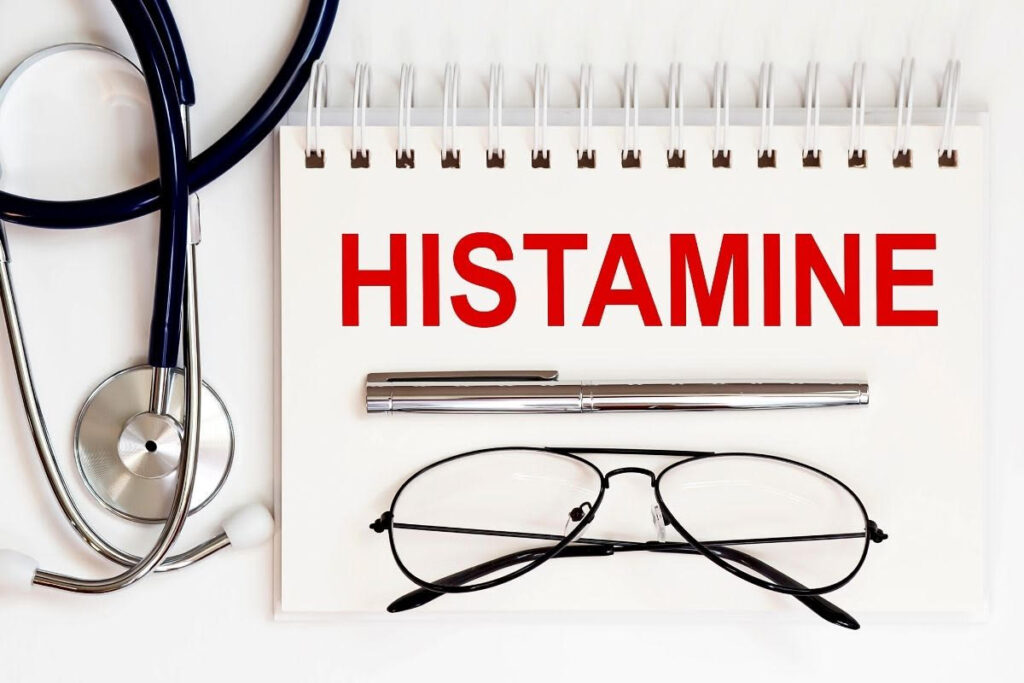
Foods with anti-inflammatory properties help reduce the release of histamines. These food include asparagus, broccoli, cabbage, cucumbers, garlic, kale, leeks, onions, peppers, radishes and watercress. Ensuring the meat is fresh can also be key. This also included not eating reheated meats. Eg leftovers.
Food to avoid with mast cell activation syndrome?
Vegetables – Sauerkraut, spinach, tomatoes (including ketchup, tomato juice, etc.), eggplant, avocado, olives Legumes (lentils, beans, soy, soy products such as tofu)
Fruits – Strawberries, raspberries, lemons, oranges and other citrus fruits, banana, pineapple, kiwi, pears, papaya, guava.
What can I eat with mast cell activation syndrome?
For those with mast cell activation syndrome, food can be a challenge. Some foods will trigger an allergic reaction or pain in the throat that requires immediate attention.
Many people with mast cell activation syndrome have a reduced appetite and may have trouble eating. Some people also experience diarrhoea or stomach discomfort. This can be treated with medication or dietary changes.
Many fruits are well tolerated – these include apple, peach, apricot, melon, mango, persimmon, lychee, cherries, sour cherries, blackberries, blueberries, cranberries, currants, cassis, jostaberry, fresh, frozen or canned. As well as nuts such as macadamias and chestnuts.
You can eat vegetables like broccoli, cauliflower, carrots, garlic, and asparagus. Fresh meat can also be eaten safely when you have Mast Cell Activation Syndrome.
Medications to avoid with mast cell activation disorder

Medications that cause mediator releases may best be avoided. These include aspirin, non-steroidal anti-inflammatory drugs, codeine, morphine, thiamine, quinine, nasal steroid sprays, antidepressants, and opiates. However, you should always consult with your doctor before making any changes to medications.
What medications can trigger mastocytosis?
A list of medications that can trigger mastocytosis:
1. Erythropoietin
2. Oral contraceptives
3. Thyroxine
4. Corticosteroids
5. Methotrexate
6. Azathioprine
7. Ciprofloxacin
Hormonal medications, such as progesterone or estrogen, can also trigger mastocytosis.
Moreover, anti-cancer medications can also cause mastocytosis. These include cyclophosphamide, doxorubicin, methotrexate, and platinum compounds.
Which drug suppresses the release of histamine from mast cells?
Diphenhydramine is the most common drug that suppresses the release of histamine from mast cells. Cromolyn sodium, Dimenhydrinate, and hydroxyzine are some other drugs that suppress the release of histamine from the mast cells.
Which antihistamine is best for mast cell activation syndrome?
It is unknown what causes mast cell activation syndrome, but it is believed to be related to histamine release. H1 blockers help decrease the amount of histamine in the body and therefore help decrease the severity of symptoms in mast cell activation syndrome.
Many antihistamines are available today and are becoming more popular with each generation. With the decrease in side effects as well, these types of drugs are favoured over the first-generation blockers. They can be helpful for chest pain and other GI symptoms.
When you have mast cell activation syndrome, an antihistamine may help with the symptoms. These include:
1) Benadryl
2) Claritin
3) Zyrtec
Does the gut impact histamine?
The main enzyme (DAO) used to break down histamine is present in the lining of the digestive tract and imbalance in the beneficial microbes may impact the bodies ability to process histamine, leading to accumulation.
Working to support balance of the gut microbiome is often a central area to address with histamine issues.

